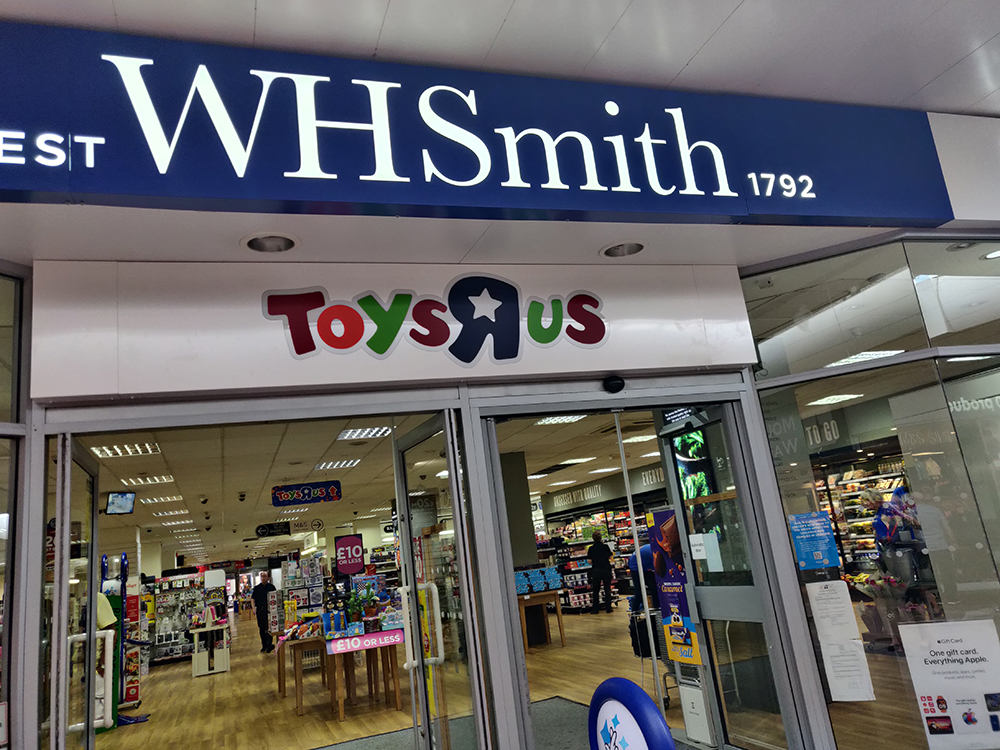The beginning of the year is traditionally a peak period for returns and 2024 has been no exception, with retailers experiencing a surge in unwanted items being sent back.
The trend is being driven by several factors, including the cost-of-living crisis, with returns volumes increasing notably.
Advanced Supply Chain (ASC) polled 100 UK retailers, with 63% reporting a rise in the number of goods being returned during the last year, which they attribute largely to the squeeze on consumer finances.
Consumer research of 1,000 people also found that 48% are more likely to return items than before the cost-of-living crisis, as financial pressures cause them to rethink purchases.
While the Bank of England remains upbeat about the direction of travel on inflation, we can expect retail sales to remain broadly subdued during the next twelve months.
This is corroborated by ASC’s most recent consumer research, which revealed 38% expect to spend less on non-food items in 2024, while 13% will spend less in the first six months of the year.
It is more important than ever for retailers to have an efficient returns journey in place, analysing and overhauling their existing processes to address any margin dilution.
Caroline Ellis, commercial director at ASC, advises on the key elements of an integrated returns journey, allowing retailers to protect their margins, while enhancing customer experience.
Keep customers front of mind
When assessing the returns journey with a view to improving margins, retailers should keep their customers front of mind.
First and foremost, brands must provide consumers with what they want. An efficient supply chain can help make returns easy and low cost.

The three most important factors for consumers sending items back are cost, speed – ensuring returns are processed quickly and efficiently – and convenience.
Shoppers want it to be simple and straightforward to return products. Remember that efficient returns encourage re-shopping; when consumers receive a quick refund, they’ll be more inclined to spend again with the same retailer.
Returning a product doesn’t need to mark the end of their purchasing journey.
Reliable supply chain data
As returns volumes increase, it’s vital that retailers can quickly determine why and when goods are being returned, and which customers are sending them back.
Retailers need to be able to spot recurring issues, for example with product descriptions at the point of sale, or if there is a pattern of defects.
Supply chain data is essential for providing this level of detail, ensuring any issues can be spotted – and rectified – quickly, minimising margin dilution and enhancing stock inventory management, and stock availability.
Transparency throughout the supply chain
Retailers should maintain a “control tower” view of the supply chain, including visibility of the flow of goods through the returns channel.
Total transparency is an essential element of an efficient and effective returns journey.
Bespoke software like ASC’s Vector will not only make this possible but will provide the necessary data to improve salvage rates, limit stock availability issues and spot any emerging issues at an early stage, while helping improve sustainability.
ASC will help retailers to protect their margins throughout 2024 and beyond, ensuring returns processes not only deliver financially, but provide customers with a positive experience, safeguarding brand loyalty and increasing the likelihood of further sales.
Click here to find out more about Advanced Supply Chain or Vector.
Click here to sign up to Retail Gazette‘s free daily email newsletter


















